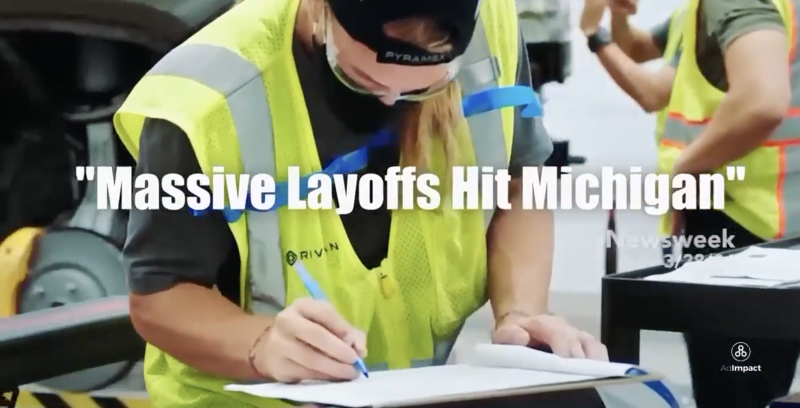In a recent ad released by the Trump administration, a claim of massive layoffs among autoworkers has sparked controversy and disbelief among industry experts and workers alike. The ad paints a bleak picture of the automotive industry under current economic policies, suggesting that thousands of autoworkers are facing job losses due to outsourcing and company closures. However, upon closer examination, the claim made in the ad seems to be more fiction than fact.
One of the key points of contention is the lack of concrete evidence or data to support the claim of massive layoffs among autoworkers. While it is true that the automotive industry has faced challenges in recent years, including shifts in consumer preferences and global market dynamics, there is little indication that the sector is experiencing widespread layoffs on the scale suggested in the ad.
Moreover, industry analysts have pointed out that the ad’s narrative fails to acknowledge the broader context of the automotive industry, which includes factors such as technological innovation, investment in electric vehicles, and shifting global supply chains. While there have been job losses in certain areas of the automotive sector, particularly in traditional manufacturing roles, these have been offset by growth in other areas such as research and development, engineering, and digital technologies.
Another glaring issue with the ad is the attribution of these supposed layoffs to current economic policies. While it is true that government policies can have an impact on industries and employment trends, the ad’s oversimplification of a complex issue is misleading and fails to provide a nuanced understanding of the factors at play.
Overall, the Trump administration’s ad claiming massive layoffs among autoworkers is a stark example of misinformation and fear-mongering. By distorting the reality of the automotive industry and presenting a one-sided narrative, the ad does a disservice to both autoworkers and the public at large. To truly address the challenges facing the automotive sector, a more nuanced and fact-based approach is needed, one that takes into account the complexities of the industry and the various factors shaping its future.

